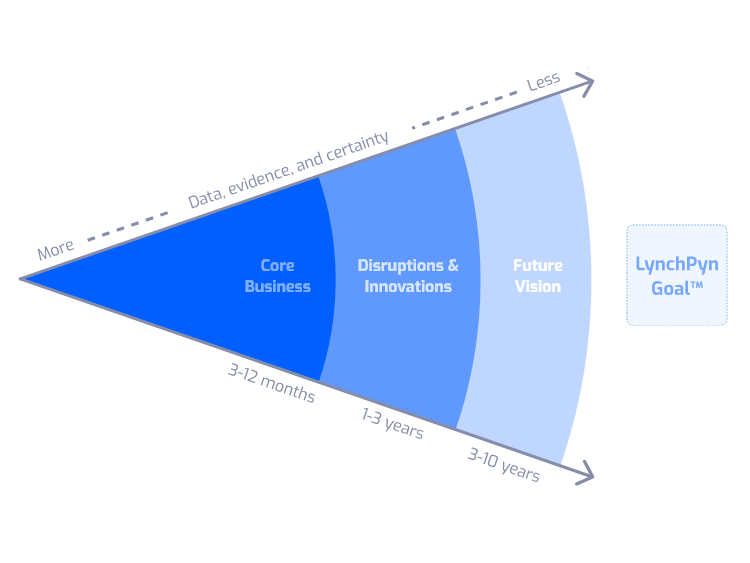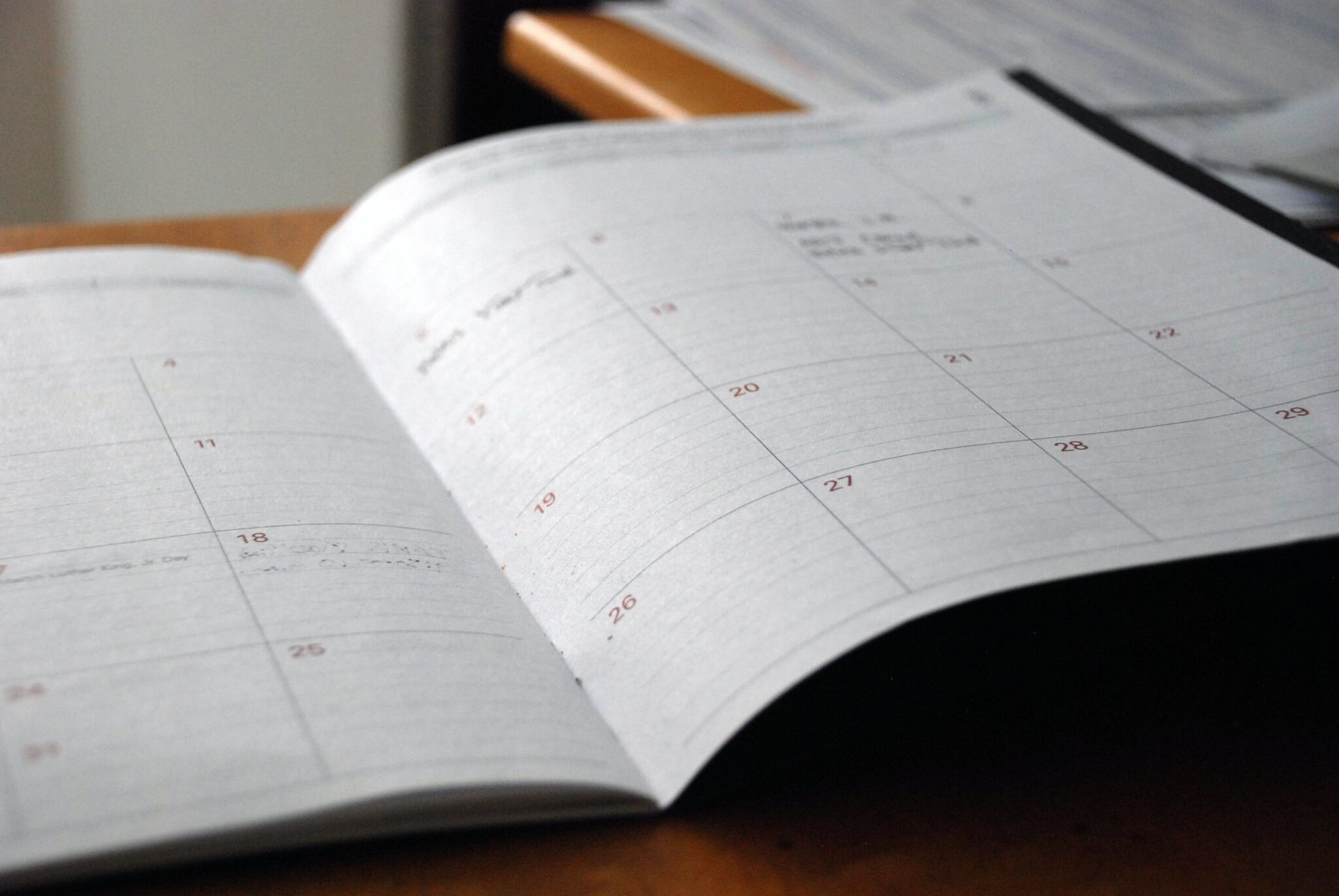No One Ever Achieves Their BHAG
Most people in my world have at one point, or another defined a BHAG – Big Hairy Audacious Goal either for themselves or their business. Setting BHAGs is an excellent way to think out of the box and motivate your team to aspire to something great. But does it actually help you deliver results? I a
m challenged yet to meet or hear about someone who has achieved their BHAG.
– Big Hairy Audacious Goal either for themselves or their business. Setting BHAGs is an excellent way to think out of the box and motivate your team to aspire to something great. But does it actually help you deliver results? I a
m challenged yet to meet or hear about someone who has achieved their BHAG.
What is a BHAG?
According to Jim Collins’ Good to Great , a BHAG can be defined as:
…a huge and daunting goal—like a big mountain to climb. It is clear, compelling, and people “get it” right away. A BHAG serves as a unifying focal point of effort, galvanizing people and creating team spirit as people strive toward a finish line. Like the 1960s NASA moon mission, a BHAG captures the imagination and grabs people in the gut.
Don’t get me wrong; there are still many aspects of BHAG that I appreciate and think can be useful in building strategy but it has its faults. The biggest flaw, in my opinion, is that it is so far away that we tend to forget about it. We feel good knowing that it’s there but it doesn’t truly serve a purpose in our everyday work.
Download the Growth Horizons and LynchPyn Goal worksheet here.
Does BHAG Work in Today’s World?
10 to 25 years is too long, even for the giants
A BHAG is commonly defined as a 10-25 year compelling goal. I’d be the first to say that ambitious, long term goals are as important as they’ve ever been. But the timeframe for any long term strategy is simply shortened as the world continues to change at a growing pace. If you want to win in today’s age, you need to be more agile and execute on your strategy quicker. Even large enterprises making bold strategic moves like CVS are aiming for less than 10 years .
It’s too far away to inspire action today
People often don’t take action towards long term goals far into the future, like BHAGs, since people tend to discount the value of their outcomes. This phenomenon, which is based on the timing of outcomes, is known as temporal discounting or delay discounting.
Aspirational but not really tangible
BHAGs are often defined based on what’s aspirational and where company’s passions lie. As a result, many of the famously drafted BHAGs are intangible, lofty goals:
- We will destroy Yamaha! (Honda)
- Crush Adidas. (Nike)
- Become the dominant player in commercial aircraft and bring the world into the jet age. (Boeing)
- Transform this company from a defense contractor into the best diversified high-technology company in the world. (Rockwell)
They sound nice. They make us feel good inside. But they don’t provide a strong enough reference to be able to make effective decisions daily.
It’s not flexible enough
When you define a BHAG it is designed to lead you for the next 10-25 years. Most of the people I interact with can not even imagine what their world will look like only three years from now, so how can they expect a 10 year plus goal to drive value for them? The truth is, BHAGs are not flexible enough for today’s world. There are more and more unpredictable events taking place each day and it is rather naïve to set a 10 year goal.
Over the years, I have experimented with my coaching clients several different ways companies (or individuals) can define a long term goal that is aspiring and useful in the day-to-day context. Through trial and error and many (almost philosophical) arguments, I created the LynchPyn Goal framework.
LynchPyn Goal
The LynchPyn Goal is the overarching goal for your business, right now. It is the anchor for all strategic efforts–it aligns and unites the entire company towards a common goal. The LynchPyn Goal inspires people from every level, makes them feel connected, and breaks down silos. It is what holds everything together and propels you forward.
Defining a LynchPyn Goal may seem overwhelming at first. It can be so easy to overthink it and try to make it “perfect”. But what you need to keep in mind is that it will be a breathing, living statement. It’s never finished–the most important thing is that you define one now and continue to improve it each quarter.
The LynchPyn Goal is the single, most effective tool you can leverage to create organizational alignment; it’s a strategic priority that helps everyone in the company rally and see their job and actions as doing something in common with others. It mitigates team members prioritizing personal or departmental needs ahead of that goal because they can clearly see how they are rowing in the same boat as others. It also provides everyone with a single, common destination to course-correct and realign whenever things start to fall out of sorts.
What makes LynchPyn Goal vastly different from a BHAG is the fluidity; we check-in with our LynchPyn Goal each quarter and as more information and trends become available, we re-evaluate it’s health. Does it still align with our identity and the newly presented intelligence? Great, we’ll keep it. If it doesn’t? We can adjust it so we build towards a future that makes sense in today’s world.
This agile thinking is the key to stay in control of the future and become more resilient despite ongoing disruptions and changes to everything around us.
How To Define the LynchPyn Goal
Now let’s talk about how you can create your own LynchPyn Goal.
Step 1: Define your Foundational Four
Before you begin drafting your LynchPyn Goal, it’s important to build a solid foundation. The Foundational Four define your underlying basis of your company’s existence. They are four foundational questions that help align your company and get on the same page. Your answer to each question forms the identity of your organization:
- Why do we exist? (Purpose)
- How do we behave? (Core Values)
- What do we do? (Mission)
- How will we succeed? (Strategic Pillars)
Your Foundational Four is what dictates your company culture. You can learn more about how to build your Foundational Four here .
I wrote an in-depth blog on the Foundational Four which you may find useful.
Step 2: Build your Growth Horizons
In the second step, we will lay out the horizons to the future of your company. This is a framework that helps us think collectively about the future in a way that leads to action. It helps you blend data, your knowledge of the industry, and your company’s identity (AKA Foundational Four) to form a growth plan.
We typically like to develop three horizons that move us further into the future. The timeframe of each horizon can vary depending on the company and the circumstances but I’ve provided the timeframe we typically see with most clients. Visually, we like to create these horizons using a cone. As you move outwards, you are moving further into the future and the trends and data become less accurate.
Download the Growth Horizons and LynchPyn Goal worksheet here.

Here are the three horizons:
Horizon 1: Core Business
Objective: Maintain and strengthen core business
Timeline: 3 to 12 months
Horizon 2: Disruption and Innovation
Objective: Explore and discover new opportunities
Timeline: 1-3 years
Horizon 3: Future Vision
Objective: Create entirely new possibilities
Timeline: 3-10 years
Anthony’s Hack: It’s best to draw the cone and three horizons on a board and ask your team to add insights and ideas with sticky notes. You can also save a lot of time if you do this on an online whiteboard like Miro.
Step 3: Define your LynchPyn Goal
Having created your three horizons, it’s now time to form your LynchPyn Goal. The LynchPyn Goal is what will become the centerpiece of your strategy. Looking at your horizons, identify key themes and trends, working your way in from the outside. What are they? You want to discuss them as a team. What makes them special? How can they help you win in the future? Do they align with our Foundational Four?
You want to determine which one will give you the best chance to succeed in the future.
Anthony’s Hack: Once you know what that is, you want to draft it in a way that inspires and aligns the entire company.
Here are some key characteristics of a well drafted LynchPyn Goal:
- Singular: There should only be one LynchPyn Goal at any given point in time. Your people can’t align when there are two or more LynchPyn Goals that are equally important.
- Shared: The entire company shares and rallies around it regardless of their respective role. There is shared commitment and everyone has a part in it. .
- Aspirational: Reading the LynchPyn Goal should be an aspirational statement and provoke an emotional response for everyone in the company. It should have compelling targets so everyone feels excited and empowered to achieve it .
- Time-bound: As mentioned, a LynchPyn Goal should not be too far away that people have no sense of urgency yet it should be far enough for you to dream big and still believe you can make it happen.
Your LynchPyn Goal can be a quantitative goal (like a North Star), a qualitative goal, a rally against the common enemy (such as COVID) or even a stretch goal.
Download the Growth Horizons and LynchPyn Goal worksheet here.
Wrapping up
The good news is building the muscle to define horizons and craft your LynchPyn Goal will only get easier as you move forward. Each quarter, you will move insights and ideas as needed and add new ones as it becomes a live, rolling document.
The LynchPyn Goal will bring your company clarity. Everyone in the company can make a decision towards your company’s future because they know where they’re going. It acts as the ultimate filter for every strategic decision, big or small
In using the Growth Horizons and the LynchPyn Goal, you are thinking exponentially and taking ongoing incremental actions, and you are in a better position to shape your future. Give yourself and your team the opportunity to think about the short- and long-term simultaneously. Resist the urge to define a 25 year BHAG. Instead, define a time fluid LynchPyn Goal. Your business will become increasingly resilient regardless of what’s going on around you and you will always be a few steps ahead.
We built LynchPyn to help you communicate your plan to your team, get updates from them, and see how you’re progressing. Sign up today to secure your free account!






